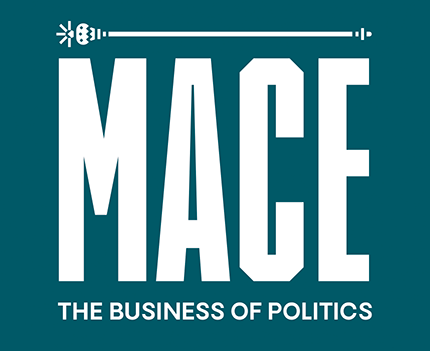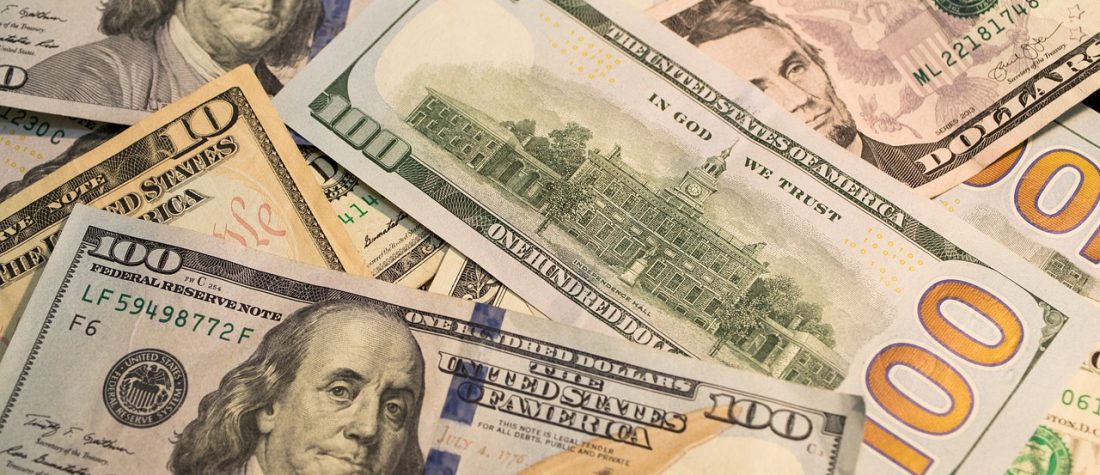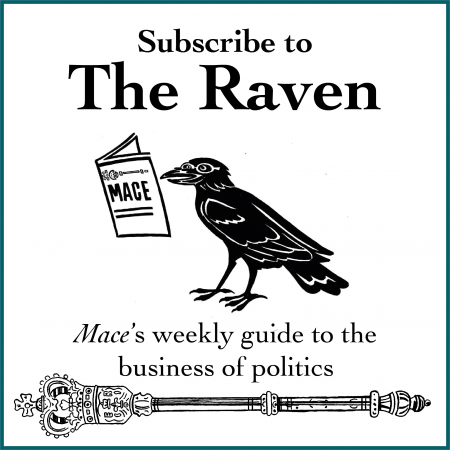Excessive money printing has been widely denounced ever since the emergence of paper currency. Everyone knows that, if too much money is created, the value of money falls. The Americans proved that just after winning the war of independence when the continental currency was multiplied manifold and became worthless; the French proved it with the proliferation of assignats in their revolution of the 1790s; and the Germans proved it once more in the Weimar hyperinflation of 1923.
Are we about to see another test of the proposition? Covid-19 has been an unprecedented challenge for both governments and central banks. Governments have cut taxes and widened budget deficits to ease the pain of lockdowns and self-isolation. Central banks have readily offered printing-press facilities to governments, so that the deficits can be easily financed. On top of that, central banks have conjured up vast sums of money out of thin air and used the proceeds to purchase assets from financial institutions and the public. The result has been a sudden and very large jump in people’s and companies’ bank deposits.
Dollar declines
These processes have been seen in all the major developed nations, leading to marked accelerations in the growth of the quantity of money. But the US has provided by far the most egregious example of what can be done. In the year to June 2020 the quantity of money – on the so-called “broadly-defined M3 measure”, estimated by the private consultancy Shadow Government Statistics – increased in the US by 26 per cent. That was the highest-ever figure in modern peacetime. Ominously, it was well above the most elevated numbers of the 1970s when the US suffered double-digit inflation.
President Trump says he is committed to “America first”. In the 2020 table of international money growth rates, the USA easily comes top. Canada is in second place at an annual rate of 15 per cent. In the Eurozone and the United Kingdom the figure has only just gone above 10 per cent, and Japan is at 6 per cent.
Too many dollars have been created relative to the number of euros, yen and sterling. The logical result should be a decline in the value of the dollar, and that has happened since March. Currency markets gyrate in extraordinary fashion and often defy economic theory. But this drop agrees with the view that too much US money creation foreshadows a rise in inflation.
Another gold rush
Another salient feature of the financial scene in 2020 has been the surge in the gold price. In the early post-war decades the US championed the Bretton Woods regime of fixed exchange rates, with an essential element being that the US would sell gold to other nations’ central banks at an unvarying price of $35 an ounce. In the late 1960s, as US money growth ran ahead of that in countries like Germany and Switzerland, the dollar was in over-supply. It weakened on the foreign exchanges, while European central banks – among others – sold dollars to buy some of the gold in Fort Knox.
In August 1971 the US ended the convertibility of dollars into gold and the Bretton Woods system collapsed. Within months the price of gold rocketed by over a half, and has since gone up over 50 times. The recent gold price appreciation is similar to that which followed the central bank asset purchases (quantitative easing) from late 2008, as central banks combated the recession. Again it is an index of investor suspicion that economist boffins in the Federal Reserve and the European Central Bank may not be sure about what they are doing.
The market reaction to the money growth acceleration has been mixed. Both the fall in the dollar and the leap in gold recall the inflationary 1970s. But bond yields have fallen and remain near their lowest levels in history. In the long run, the quantity of money in the US has increased at much the same rate as nominal national income, with the data showing an obvious correlation. As the quantity of money has increased by roughly 25 per cent in the last year, it is not silly to forecast an inflation rate of over 5 per cent or even into double digits.
A Covid-19 vaccine is expected in early 2021, so that life will return to normal. As policy-makers will not want the money leap of 2020 to be offset by a plunge in 2021, there will still be too much chasing too few assets. Will the US suffer a nasty inflation upturn because of its highly stimulatory fiscal and monetary response to Covid-19? The unhappy truth is that the US may have the highest inflation among the developed countries whether the next president is Trump or Biden.


